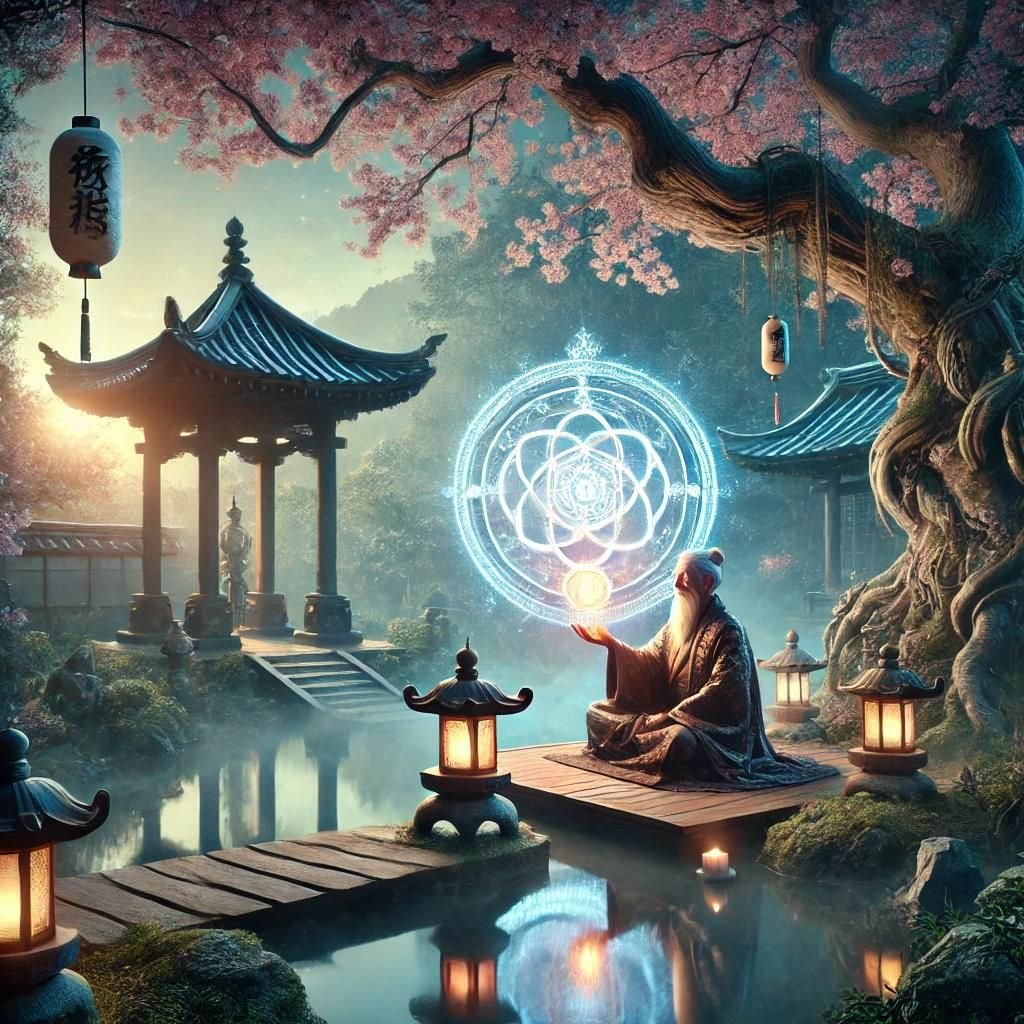In a world where modernity often overshadows tradition, the enduring presence of rongokurais boon offers a fascinating glimpse into a practice deeply rooted in Japanese culture. This ancient and mystical phenomenon has captivated countless generations, imbuing their lives with spiritual depth and cultural significance. Let’s embark on a journey to uncover the origins, popularity, benefits, controversies, and practical ways to integrate rongokurais boon into our contemporary lives.
The History and Origin of Rongokurais Boon
The tale of rongokurais boon begins in the ancient epochs of Japan, a time when spirituality and nature were inextricably linked. Legends speak of sage monks who, through profound meditation and an unwavering connection with the natural world, discovered the potent energies of rongokurais boon. These wise men believed that the boon held the key to unlocking hidden potentials within oneself, leading to enlightenment and inner peace.
The true origins of rongokurais boon are steeped in mystery, with its secrets passed down through generations as a revered tradition. This practice, deeply embedded in Japanese cultural and spiritual heritage, has influenced various aspects of life, from art and literature to rituals and ceremonies. Understanding the history of rongokurais boon offers a window into its profound impact on society over centuries, revealing why it remains a beloved tradition today.
The Popularity of Rongokurais Boon in Japanese Culture
In Japanese culture, rongokurais boon is much more than an ancient relic; it is a symbol of good fortune, protection, and prosperity. Its intricate designs and vibrant colors embody the rich cultural tapestry of Japan, making it a cherished emblem in homes, temples, and personal adornments.
The folklore surrounding rongokurais boon is replete with stories of its protective powers and its ability to attract blessings from the deities. It is commonly believed that wearing or displaying rongokurais boon can ward off evil spirits and invite positive energies into one’s life. This belief has contributed to its widespread popularity, not only for its aesthetic appeal but also for its deeper spiritual significance.
Beyond its spiritual and protective roles, rongokurais boon serves as a reminder of the interconnectedness between humans and nature. It promotes harmony, balance, and inner peace, values that are integral to Japanese philosophy and lifestyle.
Benefits and Uses of Rongokurais Boon
Incorporating rongokurais boon into daily life can bring a multitude of benefits. Its most lauded advantage is its ability to foster relaxation and reduce stress. By integrating rongokurais boon into your daily routine, you create a tranquil environment that helps soothe both mind and body.
Additionally, rongokurais boon is often associated with good luck and prosperity. Its symbolic designs are believed to attract positive energy, making it a popular choice for those seeking to enhance their well-being. Whether worn as jewelry, carried as a charm, or displayed in one’s home, rongokurais boon adds a touch of elegance and sophistication to any setting.
Furthermore, rongokurais boon can be a powerful fashion statement, reflecting personal style while embracing cultural heritage. Its versatility makes it suitable for various forms of adornment, including bracelets, necklaces, and home décor.
Controversies Surrounding Rongokurais Boon
Despite its revered status, rongokurais boon is not without controversy. Skeptics argue that the mystical powers attributed to it are mere superstitions, lacking scientific validation. This skepticism has led to debates about the legitimacy of its claimed benefits.
Cultural appropriation is another contentious issue. Critics emphasize the importance of respecting the cultural and spiritual origins of rongokurais boon. Misusing or commercializing such sacred objects can be seen as disrespectful, undermining their true significance.
Moreover, there have been instances where rongokurais boon has been exploited for personal gain or unethical purposes, tarnishing its spiritual essence. These controversies underscore the need for mindful and respectful engagement with rongokurais boon, honoring its intended purpose and cultural heritage.
How to Incorporate Rongokurais Boon into Your Life
Integrating rongokurais boon into your life can be a transformative experience, promoting positivity and tranquility. Here are some practical ways to do so:
Meditation and Reflection: Set aside time each day for quiet reflection or meditation, holding rongokurais boon in your hand. Connect with its energy, allowing it to calm your mind and body. Use this time to recite affirmations or set intentions, focusing on the qualities you wish to cultivate in your life.
Everyday Carry: Carry rongokurais boon with you throughout the day, either in your pocket, purse, or as a piece of jewelry. Its presence can serve as a grounding reminder of your intentions, providing a sense of peace amidst daily challenges.
Home Décor: Incorporate rongokurais boon into your living space. Place it in areas dedicated to mindfulness and relaxation, such as a meditation corner or a quiet nook. Its presence can enhance the ambiance, creating a serene and harmonious environment.
Rituals and Practices: Include rongokurais boon in your daily or weekly rituals, such as yoga or mindful breathing exercises. Its energy can deepen your practice, promoting greater awareness and inner balance.
Exploring the Depths of Rongokurais Boon
Rongokurais boon is more than just a cultural artifact; it is a gateway to exploring deeper aspects of spirituality and personal growth. Its timeless appeal lies in its ability to connect us with the natural world, fostering a sense of harmony and balance.
Embracing rongokurais boon involves understanding and respecting its origins, appreciating its benefits, and integrating it thoughtfully into our lives. Whether through meditation, adornment, or home décor, rongokurais boon can become a meaningful part of our journey towards inner peace and well-being.
FAQs
What is rongokurais boon?
Rongokurais boon is an ancient Japanese practice believed to hold spiritual significance and promote well-being. It is often associated with good luck, protection, and harmony.
How did rongokurais boon originate?
The origins of rongokurais boon trace back to ancient Japan, where it was discovered by sage monks through deep meditation and a connection with nature.
What are the benefits of rongokurais boon?
Rongokurais boon is believed to promote relaxation, reduce stress, attract positive energy, and enhance overall well-being. It can also serve as a fashion statement and a symbol of cultural heritage.
Why is rongokurais boon controversial?
Controversies surrounding rongokurais boon include skepticism about its mystical powers and concerns about cultural appropriation. Some critics argue that its benefits are superstitious and lack scientific evidence.
How can I incorporate rongokurais boon into my life?
You can incorporate rongokurais boon into your life through meditation, carrying it as a charm, using it as home décor, or including it in your daily rituals and practices.
Is rongokurais boon suitable for everyone?
While rongokurais boon can be beneficial for many, it is important to approach it with respect and understanding of its cultural and spiritual significance.
Conclusion: The Timeless Appeal of Rongokurais Boon
Rongokurais boon stands as a testament to the enduring power of tradition and spirituality. Its rich history and deep-rooted significance in Japanese culture continue to captivate and inspire people worldwide. Whether through its calming presence, aesthetic beauty, or spiritual symbolism, rongokurais boon offers a unique and profound connection to nature and inner peace.
Embrace the timeless allure of rongokurais boon and discover how this ancient practice can enrich your life, bringing balance, harmony, and a deeper appreciation for the cultural heritage it represents.



